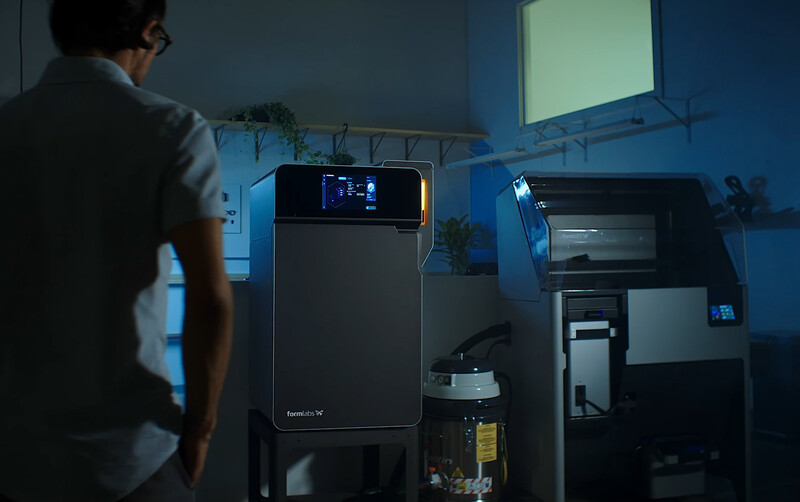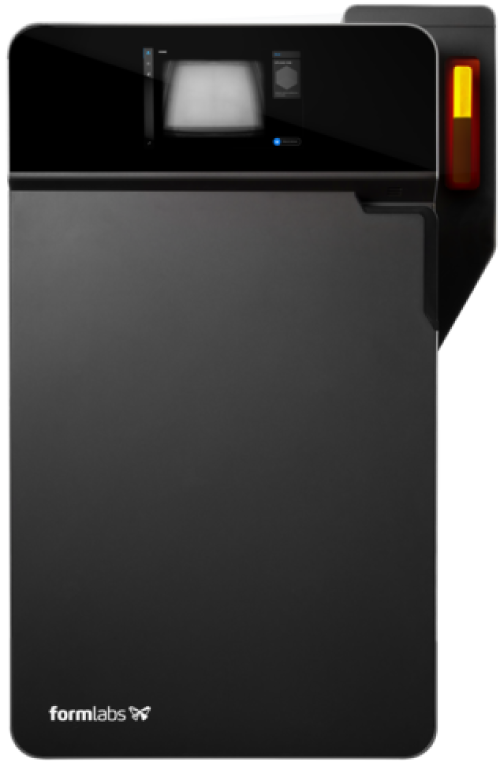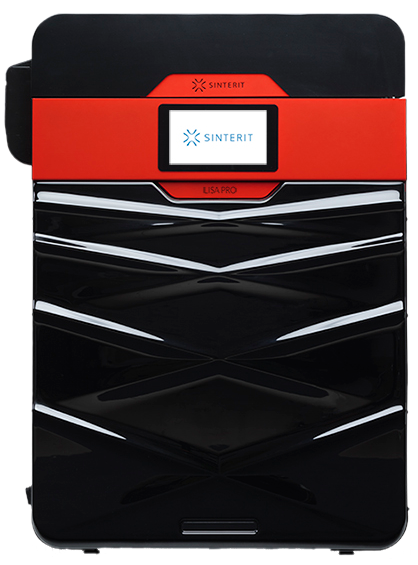Fuse 1 vs Lisa Pro 3D Printer Comparison
Selective laser sintering (SLS) is a 3D printing technology best suited for large parts, production, and end-use parts. In this product breakdown, we compare the Formlabs Fuse 1 and Sinterit Lisa Pro, two popular options, including specs, features, materials, and workflows.


Formlabs Fuse 1
A production-ready SLS 3D Printer with seamless, easy-to-use workflow and industry-leading cooldown times, allowing new prints to be started 1-2 hours after the previous print has finished.



Sinterit Lisa Pro
Another one of the market’s most affordable SLS options, the Lisa Pro provides a wider range of materials but at the cost of max 3.5″ (PA12/11) and 4.3″ (TPE/TPU) build volume in one direction and more involved workflow.
The Basics
USA
Country Designed In
Poland
PA: 165 x 165 x 320 mm
TPE/TPU: N/A
Build Volume
Length x Width x Height
PA: 90 x 130 x 230 mm
TPE/TPU: 110 x 150 x 245 mm
Nylon*
Available Materials
*More materials to come.
Nylon / TPE / TPU
$100 / kg
Material Price
*Nylon refresh material. Initial chamber fill material costs $70 / kg.
$140+ / kg*
30%
Material Refresh Rate
Amount of new powder added with reclaimed powder every cycle.
27%
60 min.
Warmup Time
Time it takes for the build volume to head up before printing begins.
60-90 min.
110 µm
Minimum Layer Height
75 µm
Wifi / Ethernet
Internet connection required to operate
Connectivity
Ethernet, Wifi, USB
$18,499
Starting Price
$17,990 (US Price)
Hardware Breakdown
Fuse 1
The Fuse 1 and Sift provide an easy-to-use, end-to-end solution for medium-large single parts or short-run production. A 6.5 x 6.5 x 11.8″ build volume enables users to pack a lot of parts in a small volume. The enclosed system with transferrable build chamber and combined cleaning/sifting/mixing station provides a seamless and clean workflow. In addition, a second build volume can be added to your rotation for minimal downtime between prints.
Lisa Pro
The Lisa Pro provides an affordable SLS 3D printing solution with wider range of materials, but with a few sacrifices. First, a maximum 3.5″ build volume in one direction when printing Nylons, a material used in SLS, limits the printer to smaller objects and smaller production runs. Next, a more involved workflow will have you transferring, scooping, measuring, pouring, and brushing volatile powders in open-air environments at several points in the process.

